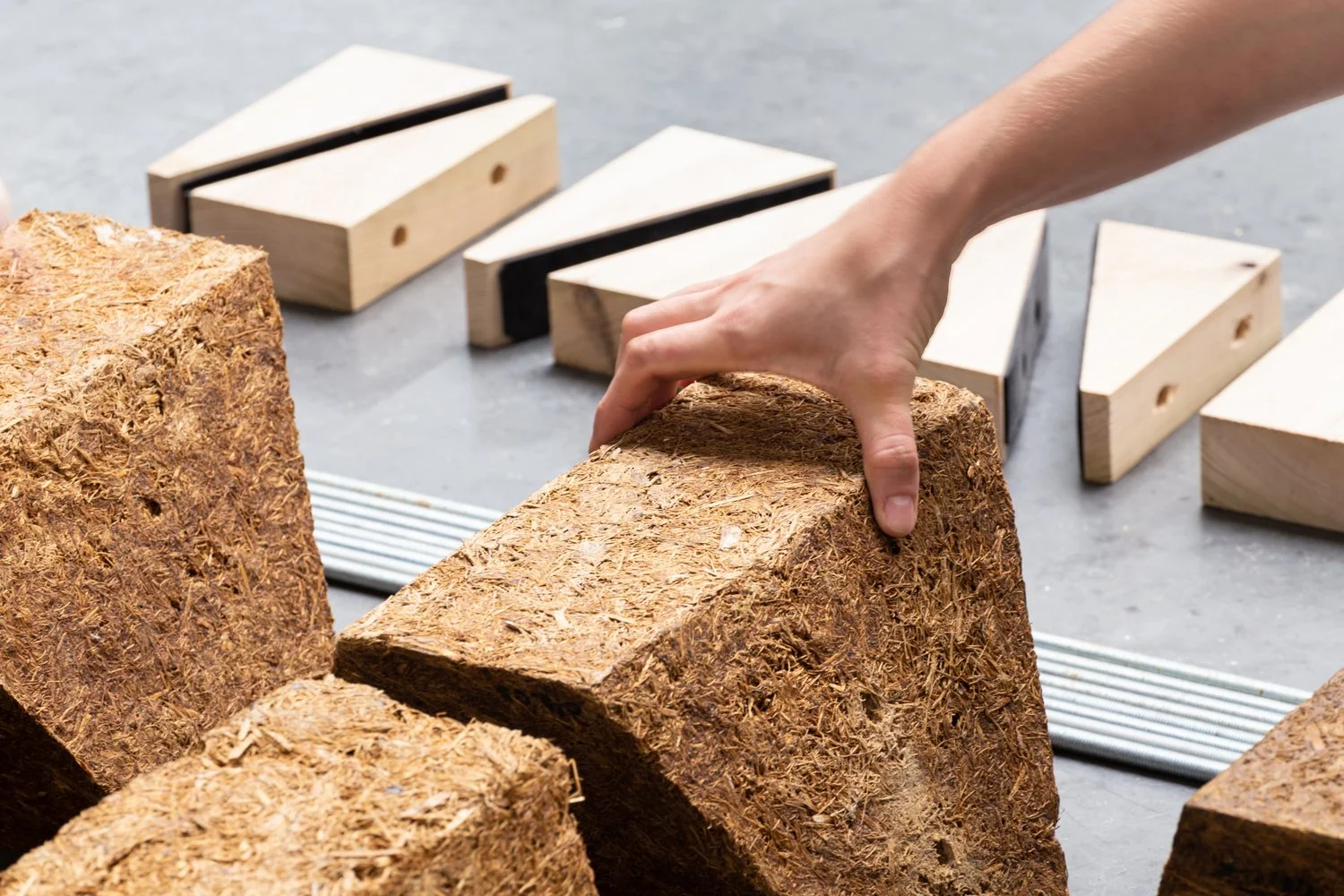Sugarcrete™: The Future of Sustainable Building with Sugarcane Waste
The Sugarcane Legacy
Sugarcane has long been a staple in the world of agriculture, producing not just sweeteners for our morning coffee but also a significant amount of waste (go figure!). Each year, about two billion tons of sugarcane are produced worldwide, resulting in approximately 600 million tons of bagasse fiber waste. Historically, such agricultural by-products often found their way into compost piles or were repurposed for animal feed. However, the tide is turning, thanks to innovative minds at the University of East London (UEL).
An Innovative Partnership
In a ground-breaking partnership with Grimshaw Architects and manufacturer Tate & Lyle Sugar, UEL has pioneered a revolutionary building material, aptly named Sugarcrete™. This exciting venture aims to transform sugarcane waste into sustainable building materials. Not only does this innovative approach reduce carbon emissions within the construction industry, but it also promotes both environmental and social sustainability throughout the material's lifecycle.
Challenging Norms with Sugarcrete™
Image courtesy of Sugarcrete™
Armor Gutierrez Rivas, Senior Architecture Professor, highlighted the significant advantage of Sugarcrete™, dispelling a common misconception about biomaterials' structural performance. This material, born out of extensive research and collaboration, boasts strength and self-supporting capabilities, challenging traditional norms.
The Potential Impact
But what truly sets Sugarcrete™ apart? In essence, it's a fusion of bagasse and mineral binders. The outcome? A product lighter than conventional bricks and possessing just 15-20% of their carbon footprint. I’m sure construction workers worldwide will be grateful for LIGHTER materials, right? Now, let’s grasp its potential scale. By tapping into just 30% of global sugarcane bagasse production, we could potentially overshadow the traditional brick industry, paving the way for a whopping saving of 1.08 billion tons of CO2. I really like the sound of that!
An Evolution in Construction
One particularly intriguing facet of Sugarcrete™ is its interlocking system. Drawing inspiration from a historic interlocking method, this system facilitates the construction of large structures with discrete components—no mortar required (yay!) Such a method not only enhances structural performance but also significantly reduces material waste.
Blending Technology with Sustainability
Delving into the technical side, the development process for Sugarcrete™ seamlessly integrates computational design, advanced fabrication, and sustainability principles. Elena Shilova, an architect at Grimshaw, eloquently expresses this union: "Through technology, we harness the unique characteristics of natural materials, enabling both the material and local communities. Such technological advancements shouldn't be reserved for expensive, glass-and-concrete architectures." Shilova’s perspective emphasizes the broader vision of the Sugarcrete™ project—to democratize sustainable construction, making it accessible and beneficial for all.
A Commitment to Global Betterment
In a bold move that underscores the project’s commitment to global betterment, the Sugarcrete™ research was intentionally made public without patenting. This deliberate choice aims to encourage local producers worldwide to embrace this sustainable material and significantly cut back on cement use.
Looking Ahead
As I ponder the transformative potential of Sugarcrete™, I am again reminded of the pressing need for sustainable solutions right here in Washington state and beyond. Let’s stay connected as we continue to delve into such innovations that not only reshape our real estate landscape but also tread lightly on our precious planet.
Reference Materials:




